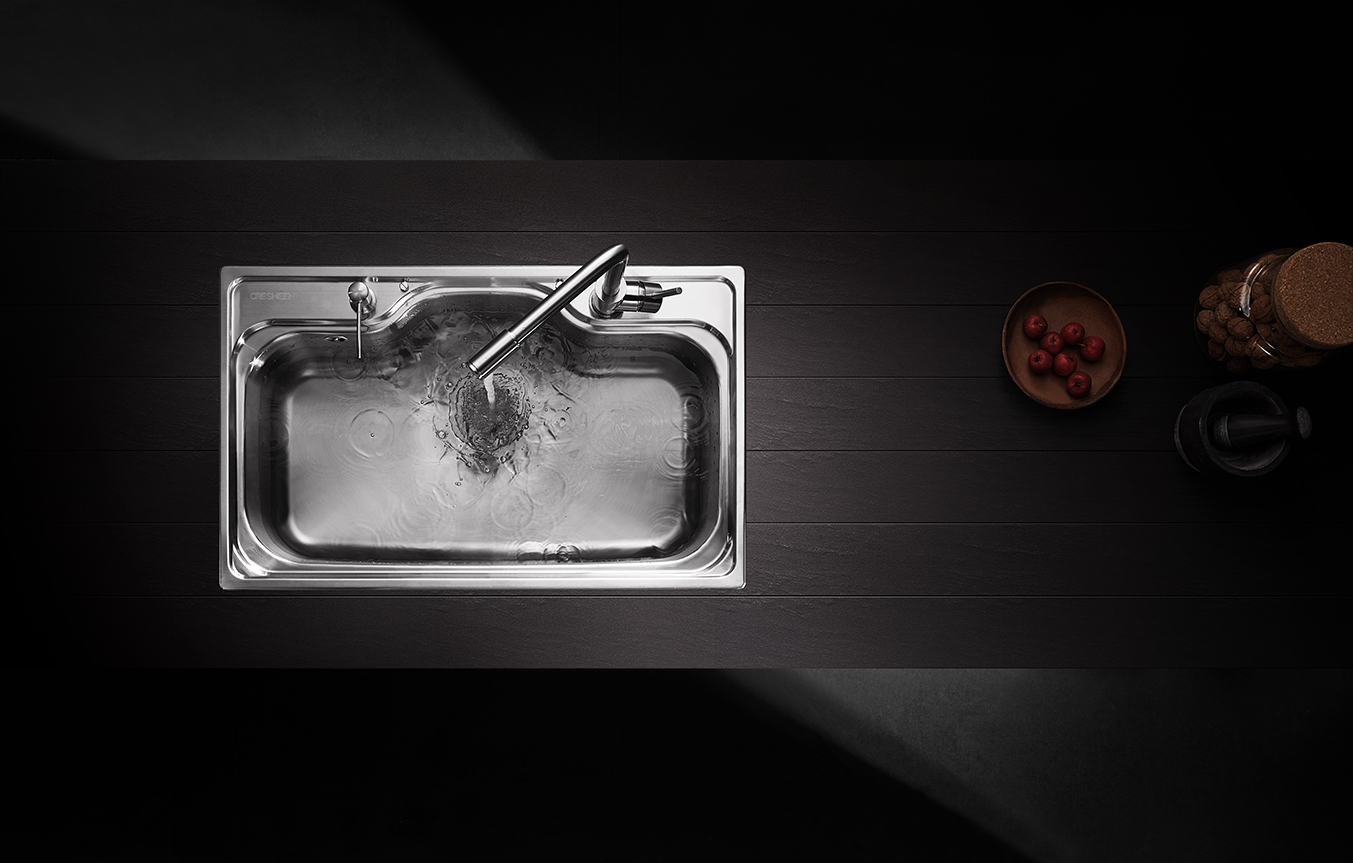Stainless Steel Sinks Don't Rust: The Truth About Stainless Steel Kitchen Sinks
2022-09-30
Why Stainless Steel Sinks Don't Rust (And Other Misconceptions)

Anytime you have a piece of metal that's exposed to moisture, there's going to be the risk of it rusting. That's why so many galvanized pieces of metal or other iron-based materials are coated in something else as a protective measure. This is even more true with something like a sink that you're going to be keeping water sitting in for extended periods of time on a regular basis. While stainless steel may not seem like the most obvious material for a sink given its tendency to rust, there are actually some pretty good reasons why it won't rust when you have a stainless steel sink. Let's explore some common misconceptions and learn why stainless steel sinks don’t rust!
Stainless steel won't rust because it's stainless.
Stainless steel sinks are made from different types of steel. People often think that all stainless steel is the same and will never rust, but that isn’t the case. Stainless steel is made from multiple types of steel, including a high percentage of chromium, which creates the stainless effect. Stainless steel sinks that are used in commercial kitchens or in bathrooms with a lot of moisture are often high-carbon stainless steel because it’s very durable and less likely to corrode over time. Stainless steel sinks with high carbon content can be more rust-resistant than those without.
Stainless steel sinks are coated with nickel or chrome.
Another misconception about stainless steel sinks is that they’re coated with nickel or chrome. Although those materials are often used to create shiny finishes on other products like pots and pans, they aren’t used on stainless steel sinks. A good example is the material in the bottom of a roasting pan. People often think that’s what makes a stainless steel sink stainless. It’s not. A stainless steel sink is stainless because of the high percentage of chromium in the steel and what the manufacturer has chosen to do with the surface of the sink. People often use the term “chrome-plated” and think that’s what’s used on stainless steel sinks. That’s not actually true because chrome plating is a chemical process applied to steel, not a coating applied after the fact. Chrome is applied to the surface of the stainless steel, it isn’t just a surface covering. There are also other types of metals that can be used to finish the surface of a stainless steel sink, like nickel. A true stainless steel sink does not have a plated finish on the surface, it’s the finish of the actual steel beneath.
There’s no exposed iron in stainless steel, so it can’t rust.
This misconception is partly true and partly false. There’s no exposed iron in stainless steel, but that doesn’t mean it can’t rust. Iron is a part of the makeup of stainless steel. The iron in the steel is combined with other elements like chromium, nickel, manganese, and carbon to create the stainless steel effect. Iron is a naturally occurring element and is found in many different types of rock. These rocks also contain other minerals that may or may not be desirable. To make stainless steel, iron ore is first mined from the ground. Once the ore is extracted from the ground, it is then processed. When the iron ore is processed, it is converted to iron. This iron is then combined with other elements to create stainless steel. The iron in the steel can rust, but it will take a long time to do so.
Stainless steel is an alloy (meaning it’s a mix of metals).
Stainless steel is an alloy, meaning it’s a mix of metals. The most common stainless steels are 18/8, 304, and 430. There are other less common types of stainless steel that may have a different mix of metals, but the most common types have a mix of chromium, nickel, manganese, and carbon. The mix of elements and their amounts vary from one type of stainless steel to another. The composition of the steel can affect how easily it will rust and how long it will take for rust to develop. The risk of rust developing on stainless steel is higher in coastal areas or places with high humidity. The water in coastal areas often contains salt, and salt water is much more likely to rust steel.
Conclusion
Stainless steel isn't made from an unending stream of liquid steel. Instead, it's a type of steel alloy that contains chromium, nickel, and other minerals. These ingredients make the steel corrosion-resistant, which means it resists rusting and other forms of corrosion. Stainless steel isn't immune to rusting, but it takes a very long time for it to happen. In addition, stainless steel is a very durable material. It's not as strong as other types of steel, such as cast iron. But it lasts a long time and holds up well against wear and tear. These properties make stainless steel a popular material for kitchen appliances, cookware, and other household items.




